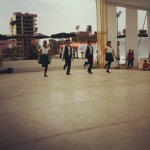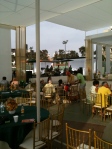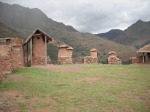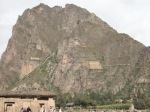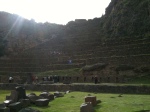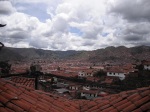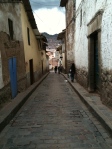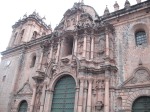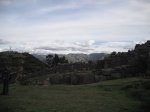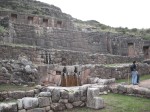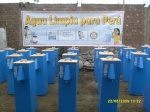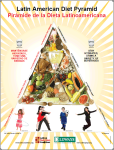In some of my more, let’s say, loose-lipped moments (which may or may not include a couple of Cusquenas) I’ve called Lima the Cleveland of South America. The responses I’ve received from this statement have been enlightening for two reasons: it not only reveals what many of the American extranjeros think about Lima, but also what they think about Cleveland. Usually, they take my statement as an insult to one city or the other. For many Peruvians the answer is much simpler, they just ask, “What’s Cleveland?”
The main reason that I’ve associated Lima with Cleveland is because, despite Lima’s size and economic boom, it strikes me a bit like the red-headed stepchild of Latin America. Lima’s Clevelandness is more metaphorical than actual because it represents a kind of international invisibility. Lima just doesn’t have the international cache of Rio, Buenos Aires, or Santiago, just like Cleveland doesn’t have the cache of LA, NYC, or Chicago. If many Peruvians have no idea about Cleveland, I’m willing to bet many Americans don’t know a thing about Lima (except thinking it might a city popular for beans that, by the way, are pronounced incorrectly).
An example of this Clevelandness can be found in Lima’s relation to international music acts.* For most of its history, Lima has not been a destination spot for touring bands, most of which would flyover to the more global cities of Rio, Buenos Aires, or Santiago. This rejection of Lima as a destination was, I have been told, mainly a result of the instability in the city created by the horrific terrorism of the Sendero Luminoso. Thankfully, Lima seems to be gaining traction on the international touring circuit as many international performers, like Britney Spears, Elton John, and Morrissey, have all performed in Lima during the last year. Now, what you may think of performers like Spears is irrelevant; the fact that Lima was even a destination on a tour of that magnitude is what is important.
A couple of weeks ago, I gathered up some friends and went to experience this cover band culture for myself. An interesting aside about the show is that, like many cover bands, you could purchase the tickets for the show from the same booths that sell tickets for “real” shows. The cover band we went and saw as modeled after The Strokes, which I chose since the “real life” version is one of my favorite bands. The show was in a club called the Yield Bar in downtown Lima (right on the Plaza de St. Martin, which is very pretty at night). The cover band, Los Outsaiders, appears to have pretty decent-sized following–judging by their Facebook page–and there was a pretty substantial line of folks waiting to get into the club. Of course, it’s hard to interpret how much of that following was die-hard Strokes fans who, like me, had no previous connection to the cover band. That said, at the end of the show much of the audience was chanting the Los Outsaiders name and more than a few admirers mobbed the band for pictures and autographs.
Like many things Peruvian, the show started 20 minutes late but, overall, Los Outsaiders did a pretty good job of embodying The Strokes. The band was particularly excellent, which was impressive because they were also short one member (The Strokes have 4 part band, the cover band had your typical guitarist-bassist-drummer trio). The lead singer did a serviceable impression of the mannerisms of Julian Casablanca, though maybe was trying a bit too hard in places. The only real criticism would be that, since lead singer obviously learned the lines phonetically, he hit a few off notes here and there. In the end, my group went in thinking that the band would probably have the same level of skill as college garage band, but we all were pleasantly surprised by the quality of show.
*The caveat, of course, being international Spanish-speaking bands.

